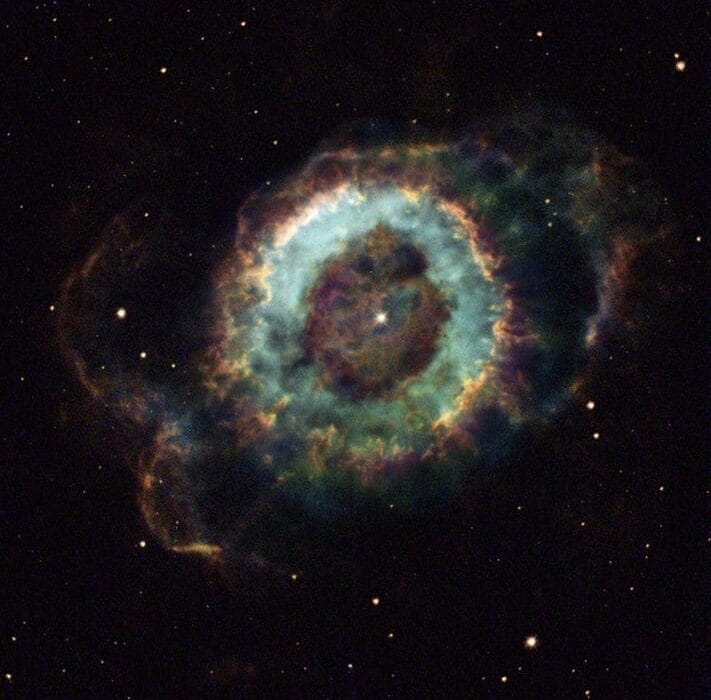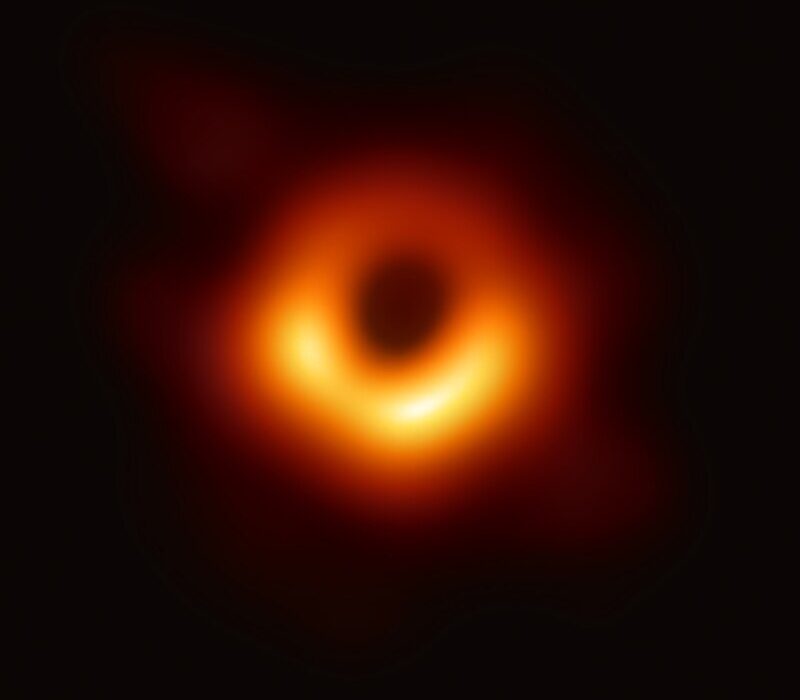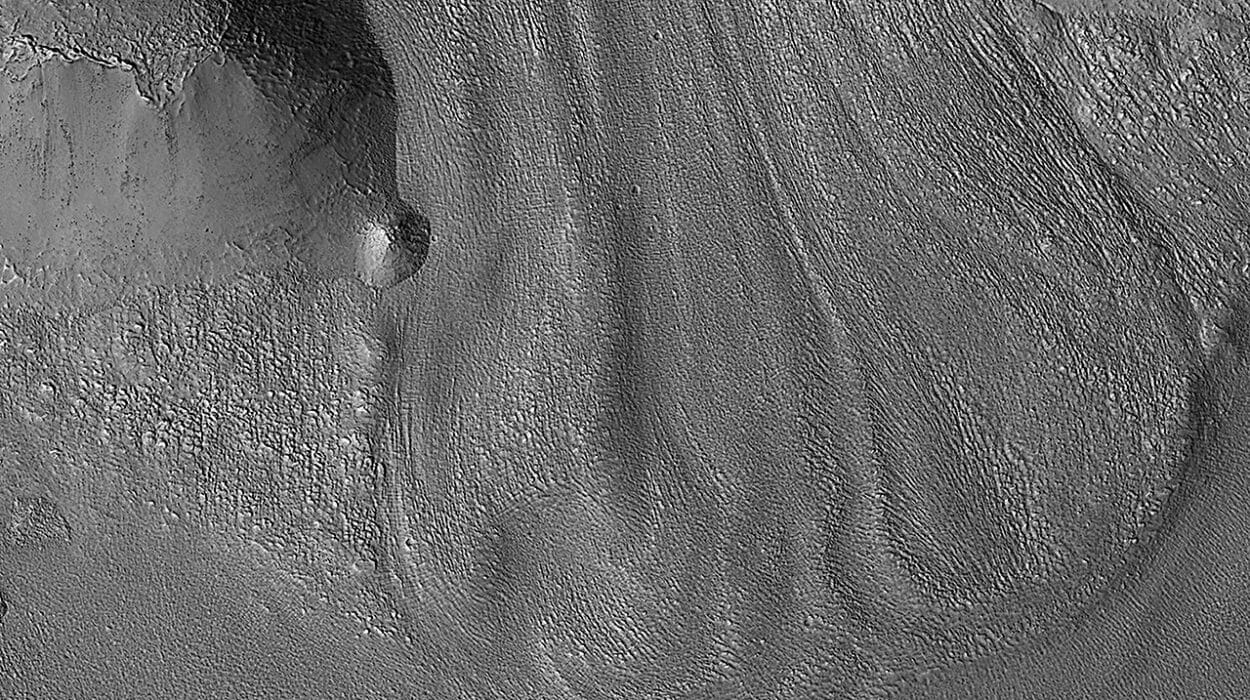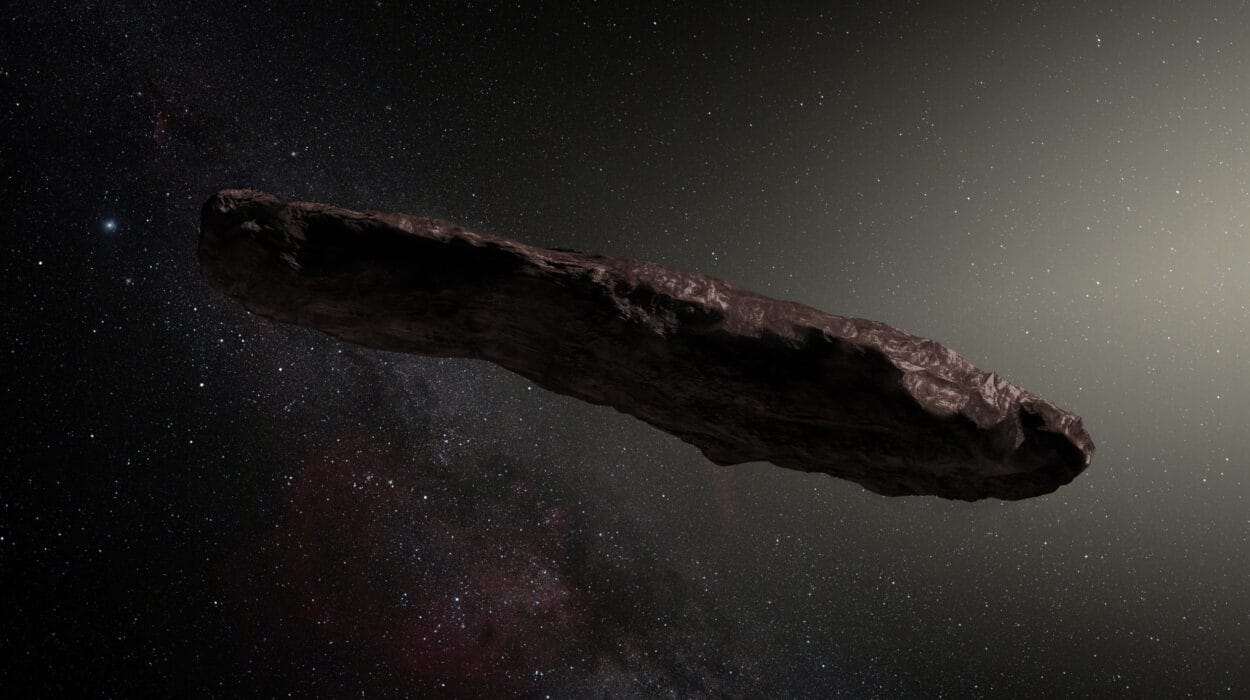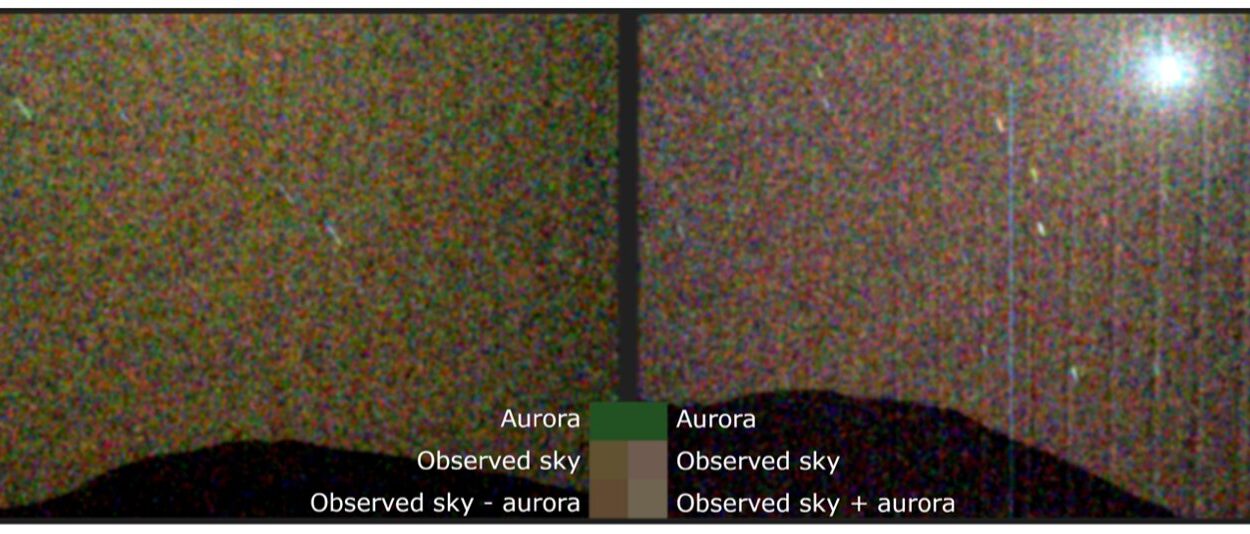On a clear winter night, as Earth slowly spins beneath the stars, there are celestial companions that have comforted skywatchers for millennia. Among them, the Orion Nebula glows like a cosmic lantern in the Sword of Orion, while not far away, two sparkling clusters—Pleiades, the Seven Sisters, and the more scattered Hyades—shimmer gently in the dark. To the naked eye, these three marvels of the night sky appear unrelated, each a separate wonder in the heavens. But science is now telling a very different story—one as rich and unexpected as discovering that your childhood photographs and portraits of your grandparents are all part of the same family lineage.
For the first time, researchers have uncovered compelling evidence that the Orion Nebula Cluster, the Pleiades, and the Hyades are not just visually aligned by chance. They may, in fact, represent the same star system at different ages, offering a rare glimpse into the full life cycle of an open star cluster. This revelation comes from a joint team of astrophysicists at the University of Bonn in Germany and the Institute for Advanced Studies in Basic Sciences (IASBS) in Zanjan, Iran.
A Story Written in Light and Time
Each of these three clusters has long fascinated astronomers—not only because of their proximity and brightness, but also because of their contrasting appearances. The Orion Nebula Cluster (ONC), for instance, is a bustling nursery of newborn stars. Just 2.5 million years old and a mere 1,350 light-years from Earth, it is one of the youngest and most active star-forming regions in the Milky Way. The stars there are still cloaked in the gas and dust from which they were born—messy, chaotic, and full of potential.
Pleiades, by contrast, is like a glowing adolescent. Around 100 million years old, it is well into its stellar teenage years. Its stars, while still relatively close-knit, have begun to drift apart, and the surrounding gas has largely dissipated. Further along the timeline, Hyades is the elder of the group—at roughly 700 million years old, its stars are scattered, aged, and fewer in number. The tightly packed family has loosened into a wide, dispersed association.
But despite their differences, these three clusters may be snapshots of a single evolutionary journey. Like finding old letters, photographs, and diaries of a person at different ages and realizing they belong to the same life, the researchers used highly precise computer models to piece together the astonishing idea that these three very different star clusters may be generational echoes of one star system.
A Shared Origin Hidden in the Stars
Led by Dr. Ghasem Safaei from IASBS, and supported by Prof. Pavel Kroupa and Prof. Hosein Haghi at the University of Bonn, the research team began by creating detailed simulations of how open star clusters like the Orion Nebula evolve. These models, powered by decades of data and increasingly sophisticated computing power, allowed the team to track the motions, masses, and internal dynamics of thousands of stars over hundreds of millions of years.
The team’s simulations reproduced a surprising transformation: starting with a dense, young, gas-rich cluster resembling Orion, they watched as the cluster matured, expanded, and slowly shed stars—passing through a stage similar to Pleiades—before finally spreading into a sparse, elder configuration that mirrors the Hyades. Over 800 million simulated years, the cluster changed not just in size and structure, but in character, evolving from a dense cradle of light into a loose family of glowing embers.
What made this modeling especially powerful was how closely the simulated clusters matched real-world observations—everything from the star counts to their spread across space, their mass profiles, and even the presence of binary star systems. The match was too close to dismiss as coincidence.
The Universe Favors a Certain Recipe
The findings suggest that star clusters in our galaxy may not evolve randomly, but rather according to a preferred pattern, shaped by the underlying physics of star formation. Just as life on Earth follows biological stages—infancy, adolescence, adulthood, and old age—star clusters may be governed by their own cosmic lifecycle.
Prof. Kroupa, a co-author of the study and a physicist at the University of Bonn, put it eloquently: the three star clusters are like “three different photos of the same person” taken at different times in their life. This is not just poetic metaphor—it’s a reflection of how similar the systems appear when modeled through time. It hints at a fascinating conclusion: that when molecular clouds give birth to stars, the clusters they form often follow predictable evolutionary tracks, shaped by both internal gravitational forces and external influences like galactic tides.
Prof. Haghi notes that this preferred mode of star cluster evolution may not be unique to this trio. Other clusters in our galaxy could be related in similar ways—belonging to generational star families that we’ve yet to connect.
Losing Stars, But Keeping Shape
One of the most remarkable findings from the simulation is that as a star cluster ages, it may lose up to 85% of its stars—ejected by gravitational interactions or pulled away by the Milky Way’s vast tidal forces. But despite this dramatic loss, the cluster often retains a coherent structure. The core remains intact, even as the edges fray and stars drift away.
This slow unraveling doesn’t imply disintegration, but transformation. Just as an aging person carries the echoes of childhood in their gait or the sparkle in their eye, an older star cluster retains the gravitational DNA of its youth.
This endurance speaks to the delicate balance that governs these stellar families. Internal forces—gravitational pulls between stars, density waves, the presence of binaries—are in constant negotiation with external pressures: collisions with gas clouds, interactions with neighboring stars, and the galactic gravitational field. This intricate dance determines how the cluster grows, expands, and eventually fades.
Prof. Akram Hasani Zonoozi, another member of the team, explains that these findings highlight the importance of understanding the interplay between internal dynamics and external influences. She points out that the ability to model these systems with such precision now opens a new chapter in how we study stellar populations and their evolution.
A Cosmic Coincidence—Or Something More?
It’s tempting to write off the visual alignment of Orion, Pleiades, and Hyades as a coincidence. After all, space is three-dimensional, and line-of-sight proximity doesn’t always mean physical closeness. But the study suggests something more.
The fact that these clusters are all found in the same region of the night sky, and that they fit so cleanly into an evolutionary sequence, may hint at something profound. It could reflect how star formation occurs along massive filamentary structures of gas within the galaxy, such as those seen in stellar nurseries like the Taurus-Auriga molecular cloud.
In these regions, conditions may repeatedly favor the birth of star clusters with similar properties, essentially giving rise to multiple generations in a single extended neighborhood of the Milky Way. This would not only explain the visual grouping of Orion, Pleiades, and Hyades but also add a new layer to our understanding of galactic architecture and stellar family trees.
Opening a Window Into Stellar Evolution
Ultimately, this research represents a stunning union of theoretical modeling and observational astronomy. The fact that computer simulations—based on equations and physical laws—can so elegantly mirror what we observe in the sky is a triumph of modern astrophysics. It’s a reminder that the universe, while vast and mysterious, often dances to patterns we can learn to read.
What’s more, this study opens a door to understanding other star clusters. It gives astronomers a kind of “template” for stellar aging—a cosmic Rosetta Stone that can help decode the past and future of clusters across the galaxy.
And perhaps most beautifully, it reconnects the stars we see at night with a shared story. The fiery tendrils of the Orion Nebula, the cool shimmer of the Seven Sisters, the aged scatter of the Hyades—they are not separate characters on a stage, but different acts in a single play. A play that’s been running for nearly a billion years.
The Stars Grow Old, But Their Story Endures
To stare up at Orion, Pleiades, and Hyades now is to look not only across space, but across time. These constellations are more than decorations on the night sky. They are chapters in a shared cosmic history, stitched together by gravity, time, and the quiet churn of the Milky Way.
The work of Dr. Safaei, Prof. Kroupa, Prof. Haghi, and their colleagues brings us closer to understanding that history. It reminds us that science, like stargazing, is a form of wonder—a way of asking, again and again, where we come from and where we are going.
And perhaps, the next time someone looks up and sees the sword of Orion gleaming next to the Seven Sisters, they’ll remember: we are watching not just stars, but the story of a celestial family, growing up together, across the ages.
Reference: Ghasem Safaei et al, Are the ONC, Pleiades, and Hyades snapshots of the same embedded cluster?, Monthly Notices of the Royal Astronomical Society (2025). DOI: 10.1093/mnras/staf941

